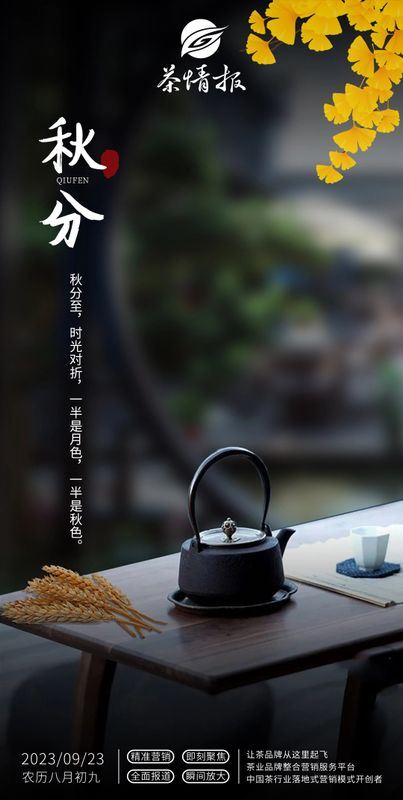
Golden autumn is divided, with cool winds and cold dew marking the halfway point of the season. According to “Spring and Autumn Annals and Luxuriant Dew,” “The autumn equinox signifies a balance between yin and yang, hence equal day and night and moderate temperature.” The equinox falls right in the middle of the 90 days of autumn, symbolizing an “equal division of autumn,” which is why it's called “autumn equinox.” After the autumn equinox, the temperature difference between day and night increases, and temperatures gradually drop.
Farmers' sayings go: “A fall rain brings a chill,” and “Every night after the autumn equinox is colder than the last.”

Spring brings life, summer growth, autumn harvest, and winter rest.
The change of seasons is a critical period for maintaining health.
As the weather cools in late autumn, the dryness tends towards the cold, often referred to as “cool dryness.” With large temperature differences between day and night and low temperatures in the morning and evening, the body's metabolic functions decrease, and blood circulation slows down, making it easy to catch illnesses during these fluctuations in temperature.
At this time, we should pay attention to keeping warm and choose to drink more warming teas that generate heat and warmth.
The Differences Between Brewing and Boiling Tea

Brewing tea requires mastering the ratio of tea leaves to water, water temperature, and Steeping time.
With proper brewing techniques, the resulting tea has rich flavors and allows one to experience the changes in taste from infusion to infusion.
Boiling tea releases more of its internal substances, producing a stable taste profile with a richer and fuller flavor.
Not All Teas Are Suitable for Boiling
01
Teas with Some Age
After some time in storage, the quality of tea becomes more concentrated and mellow, with a balanced nature. Its aroma and taste undergo certain transformations over time, and when boiled, both the aroma and taste reach new heights.
02
Teas with Higher Fermentation Levels
Teas with lower fermentation levels contain more tannins and Caffeine, which can make the tea bitter and astringent if boiled for too long at high temperatures. Teas with higher fermentation levels contain relatively fewer tannins and caffeine, and more polysaccharides, resulting in a sweeter taste.
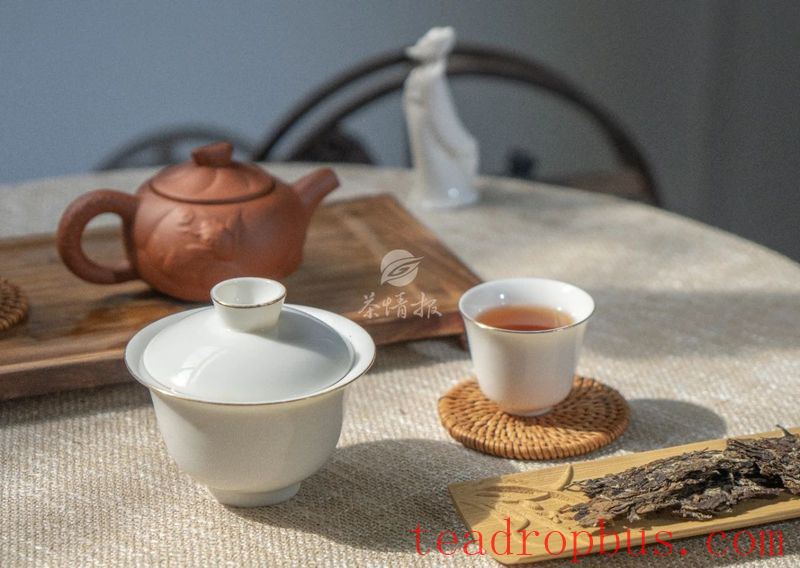
03
Teas with Coarser and Older Leaves
Teas with high tenderness usually have a fresh and brisk taste and are better suited for clear brewing.
Boiling would destroy the amino acids in the tea, reducing its freshness and increasing bitterness and astringency.
Teas with coarser and older leaves have a higher stalk content, which is rich in polysaccharides, making them suitable for boiling. This method allows the Sweetness in the tea to be fully released, resulting in a sweet and mellow taste.
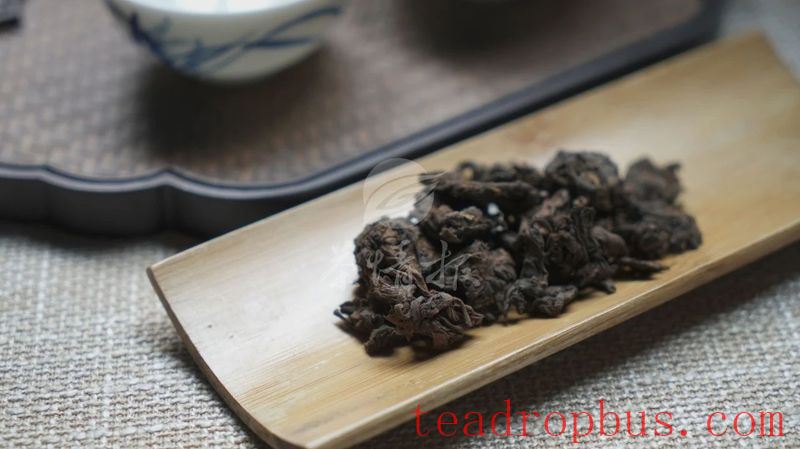
Teas Suitable for Boiling During the Autumn Equinox
01
Black Tea
After the autumn equinox, the weather grows colder, and the body's physiological functions weaken. Black tea is warm in nature, generates heat and warms the abdomen, protecting the intestines and enhancing the body's resistance to the cold. Black tea combined with honey and milk to make milk tea not only warms the body but also adds nutrition and strengthens the body.
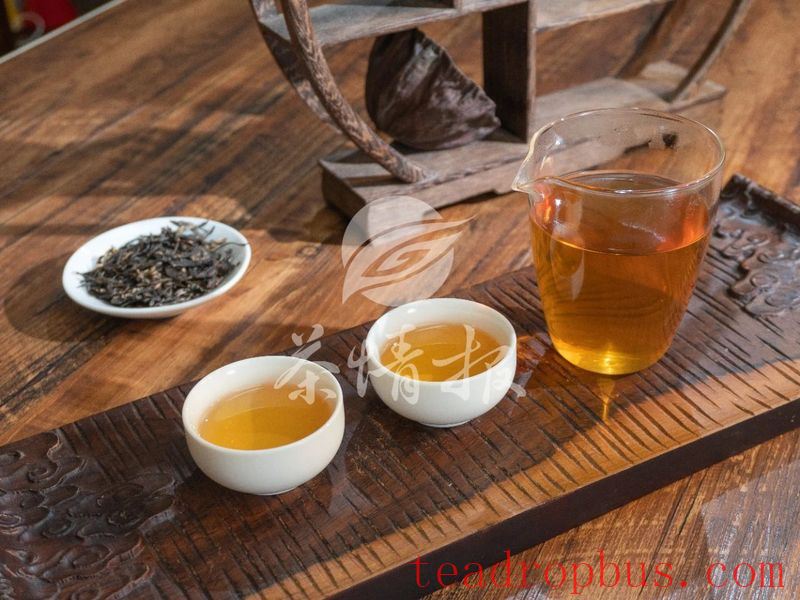
02
White Tea
Generally, it is not recommended to directly boil young white tea, as it is still slightly cool in nature. It contains abundant amino acids, tannins, polysaccharides, and other substances, and is best enjoyed through brewing, allowing one to experience its fresh, fragrant, and smooth qualities. It is suggested to use aged white tea that has been stored for two to three years. Over time, its nature becomes gentler, and the flavor becomes richer, making the boiled tea sweeter and smoother.
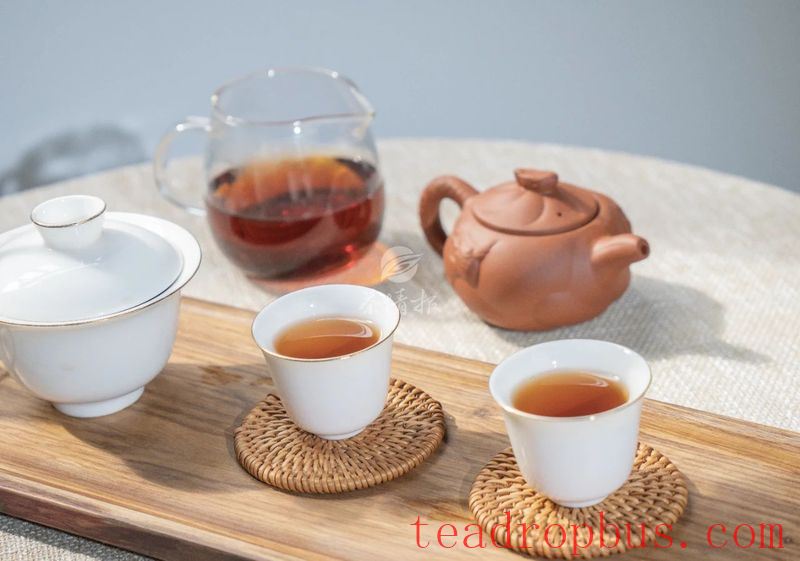
03
Dark (Pu'er) Tea
“Compendium of Materia Medica” records: “Pu'er tea is bitter and strong, helps digest fatty foods… bitter and astringent, expels phlegm, aids digestion, and clears the bowels.” Fermented Pu'er tea, rich in beneficial bacteria, aids digestion, reduces greasiness, warms the stomach, nourishes qi, replenishes trace elements, and boosts immunity. A cup of rich Pu'er tea at this time nurtures the body and mind, moisturizes the lungs, and relieves dryness. For example, Yunnan Pu'er or Guangxi Liubao tea.
Every tea lover likely has a beautiful longing for “cooking tea around a stove,” where friends gather without regard for the setting, seeking a different kind of ambiance and sentiment in boiling tea.
Placing tea into the water, watching steam rise slowly, the scent of tea gradually spreading, listening to the bubbling sound of boiling water, sipping a hot cup of tea, the broth becoming richer and the taste sweeter, warming the entire body. During the autumn equinox, boil a pot of tea and await the arrival of winter in peace.
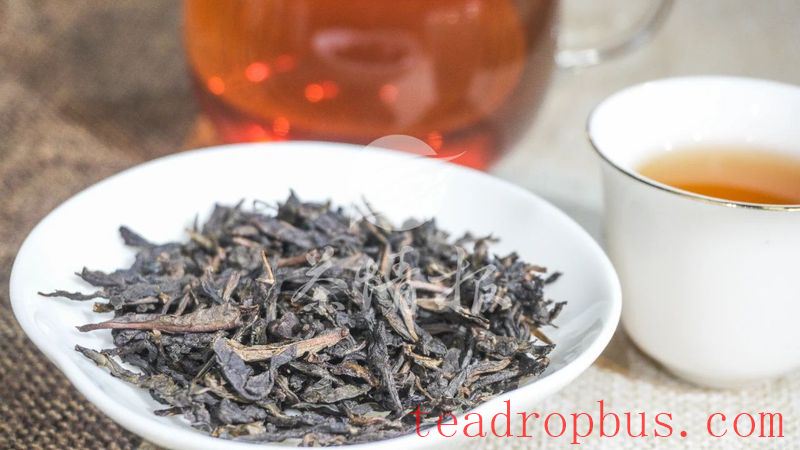
If there is any infringement, please contact us for removal.